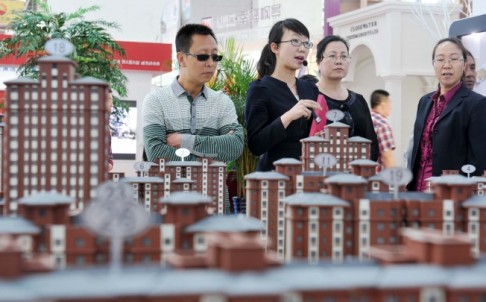During a recent discussion with business school students at Tsinghua University the question arose as to whether real estate prices would fall if populations began declining.
This is certainly likely, yet it is still just one possibility, and the notion that fewer people leads to lower property prices is not always destiny.
Here’s why. First, population does not have a significant correlation with real estate prices. For instance, India has a population that is close to (and is expected to one day exceed that of) China.
Its population density is even higher than that of China.
However, the fact is that real estate prices in India remain below those of China.
Another example would be the Scandinavian countries, which have relatively low populations but high property prices.
Secondly, GDP or income is generally the more influential factor in determining real estate prices. Whether a single market across different time spectrums, or a single moment across different markets, real estate prices generally reflect and jive with earning power.
Other factors such as supply generally do not come close in terms of price influence.
Furthermore, population and demographic change, whether up or down, may not only alter the scale of demand, but also its nature in sometimes creating new demand.
A city with decreasing population is likely to see some real estate surpluses. However, the demand and supply structure (pricings included) is also altered, and sometimes new demand may arise because of this.
So even assuming a price drop scenario, this may not be as bad as expected provided the market has enough flexibility to adapt.
For instance, real estate surpluses – when accompanied by price drops and/or income rises – may entice some stakeholders to acquire more floor space or units, thus reducing the anticipated volume of vacant space and units.
Also, the land on which some of the real estate surpluses is located may be redeveloped or altered to cater to the changes in demand.
In short, the demand side is not an inflexible constant and when supply changes alter the pricing equilibrium, demand may respond to restore it or reduce the supply impact.
However, in order for such market adjustments to work themselves out, the land/real estate system needs to be flexible enough to facilitate such demand and supply interaction.
This may be challenging because private interests often collide with public interests, not to mention the possibility of excessive government influence and/or lack of a proper negotiation process and compensation.
The search for the right mix will take decades via trial and error and it is prudent to start contemplating while the population is still growing.
The key to preventing a major real estate price tumble is not having more babies, but enhancing economic competence and income-earning capability.

